Organic geochemistry
The MOGLY facility
Location : ENS de Lyon, M8 building
Lab manager : Salomé Ansanay-Alex
Contact : salome.ansanay-alex@ens-lyon.fr
Scientific director : Guillemette Ménot
Contact : guillemette.menot@ens-lyon.fr
Photo Vincent Moncorgé Ⓒ
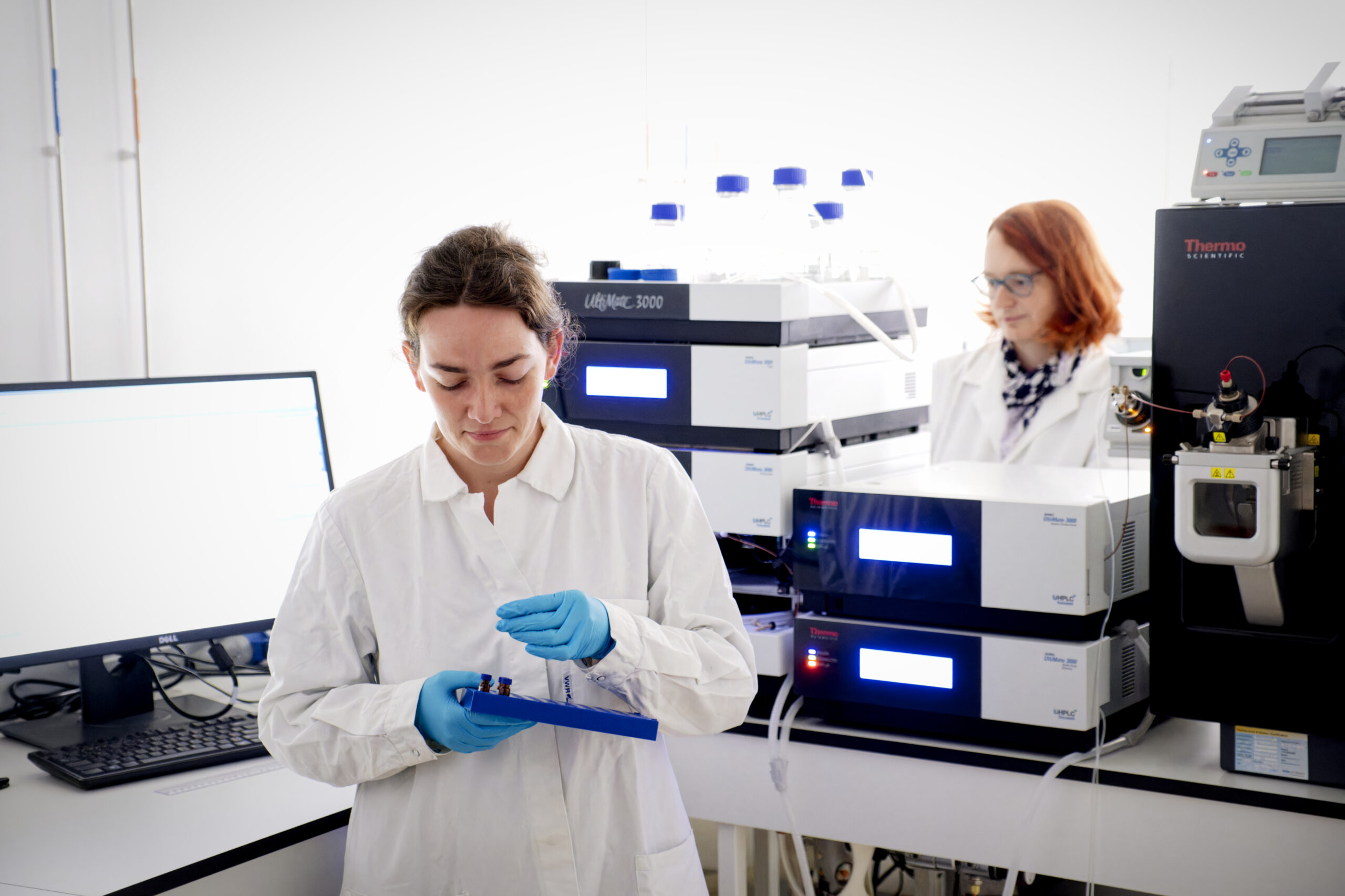
Introducing the facility
The MOGLY (Molecular Organic Geochemistry of LYon) platform located on the ENS de Lyon campus specializes in the analysis of organic compounds in environmental samples such as soils, sediments, peat, plants.
Created in 2017, this platform’s mission is to meet research needs in the field of organic biogeochemistry. More specifically focused on the extraction and analysis of various biomarkers, it offers technical expertise for applications related to the environment and paleoclimatology.
The platform has 60 m² of laboratories equipped to carry out all stages of analytical processing of samples directly on site: freeze-drying, extraction, purification and quantification. The facilities are divided into two specific areas: a room equipped with three fume cupboards for sample preparation, and another room reserved for the analytical laboratory.
The platform’s analyses are based on high-performance liquid chromatography/mass spectrometry (LC/MS and LC/MSMS).
MOGLY is an integral part of the French Geochemical and Experimental Network (RéGEF) within its GEOF sub-network. It is open to researchers from the community via collaborations. Students, researchers, if you’re interested in the analyses enabled by the platform, don’t hesitate to get in touch with us!
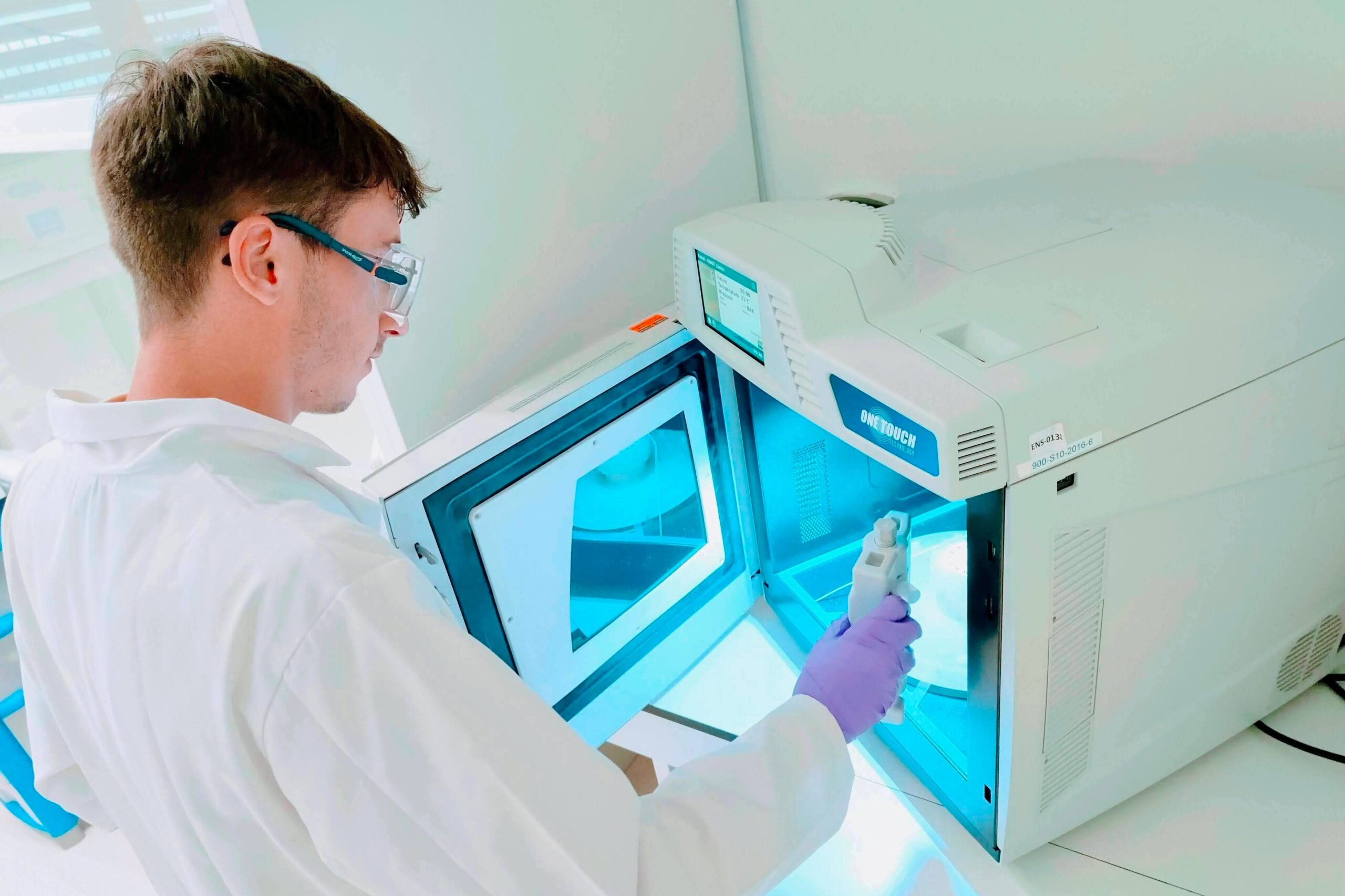
Sample preparation
Sample preparation is divided into several stages. First, samples are freeze-dried. This process extracts the water molecules adsorbed in the solid matrices without passing through the liquid phase, thanks to a system of constrained pressure and temperature.
Next, the CEM Mars 6 is used to extract organic compounds from solid matrices using a mixture of solvents under heat and microwave radiation.
This method is mainly used to obtain total lipid extracts from soils, sediments, peats and plants
LC/MS: Ultra-high-performance liquid chromatograph coupled to a mass spectrometer
The Agilent 1290 Infinity II / 6125 MSD is equipped with a quadrupole analyzer and 2 interchangeable APCI/ESI ionization sources. It also features an additional UV detection module.
We mainly use this analytical system to separate and quantify glycerol tetraethers (GDGTs) in purified lipid fractions obtained from the extraction of soils, sediments, peats and plants. These molecular markers are used to characterize environmental changes and/or estimate past temperature and pH.
Photo Vincent Moncorgé Ⓒ
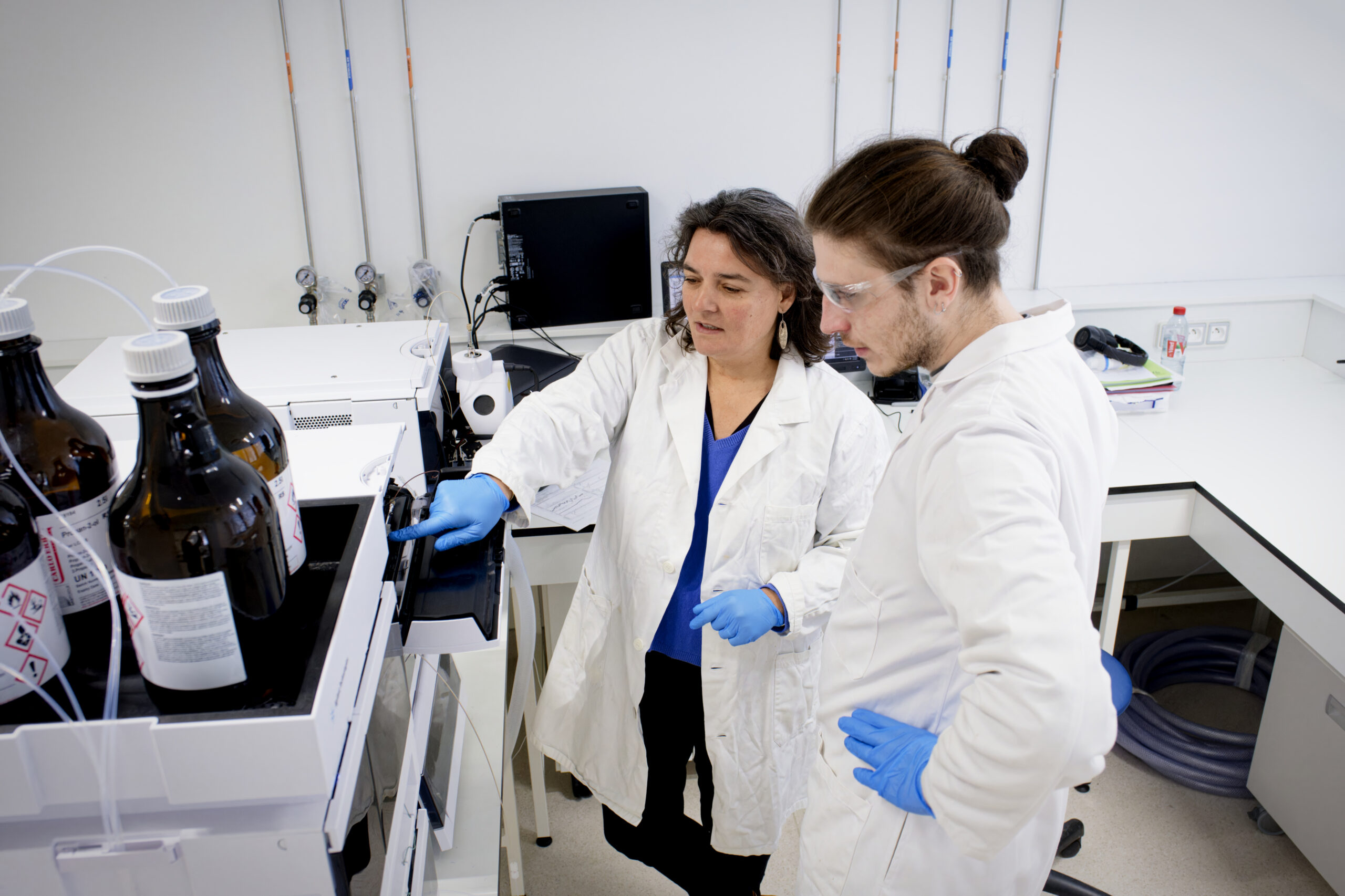
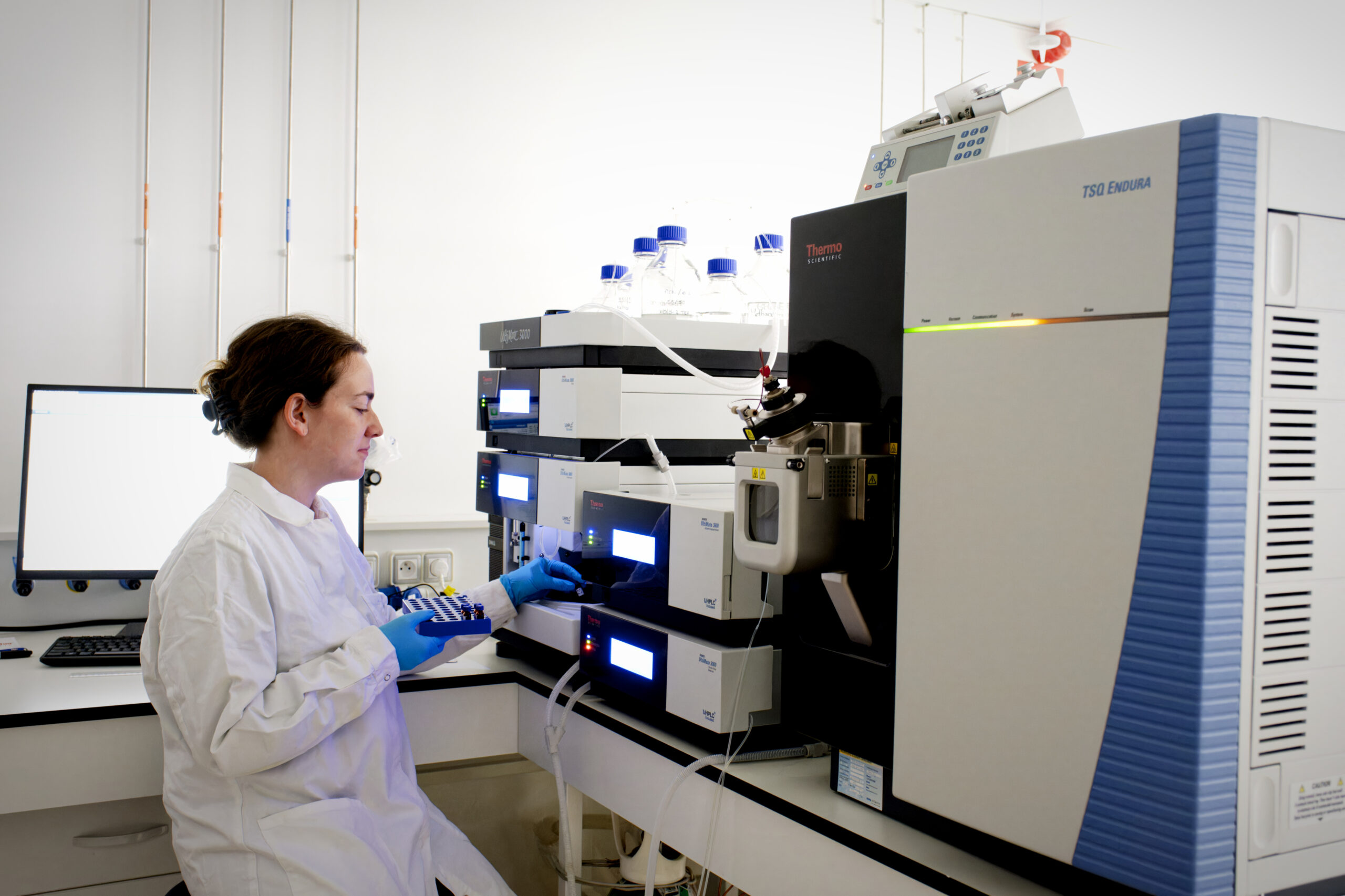
LC/MSMS: Liquid chromatograph coupled to a tandem mass spectrometry detector
The Thermo Ultimate 3000/ TSQ Endura chromatograph is equipped with a triple quadrupole analyzer and 2 interchangeable APCI/ESI ionization sources. It also features an additional UV detection module.
We use it mainly to isolate and measure levoglucosan, mannosan and galactosan in extracts from soils, sediments and peats. Levoglucosan is an anhydrosugar formed during the pyrolysis of cellulose. It is used as a chemical indicator of biomass combustion. Since its inception, samples coming from various regions of the globe, including Cameroon, Ethiopia, Gabon, Chad, Armenia, Uzbekistan, France, the Kerguelen Islands and many others, have been analyzed.
Photo Vincent Moncorgé Ⓒ
The facility in figures
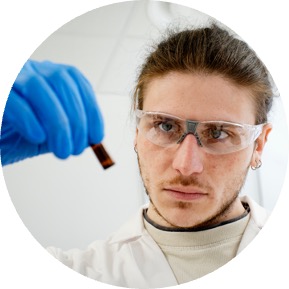
More than twenty students

More than 5,600 analyses
since 2017
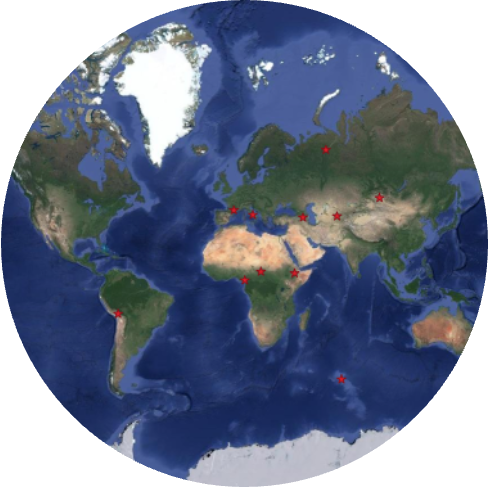
More than a dozen countries studied
on a global scale